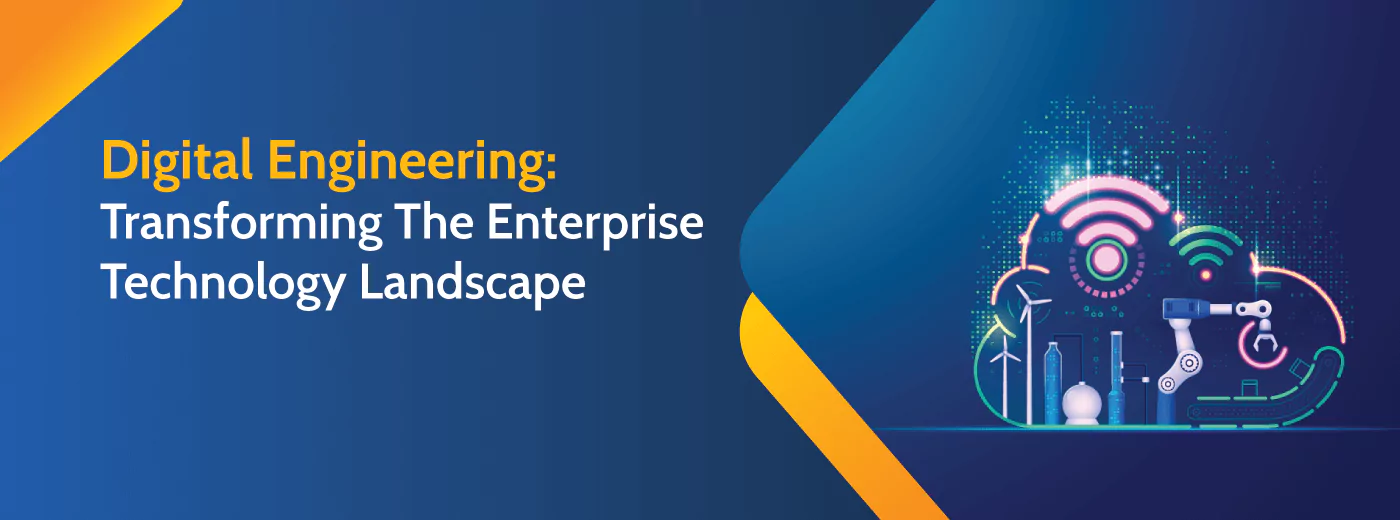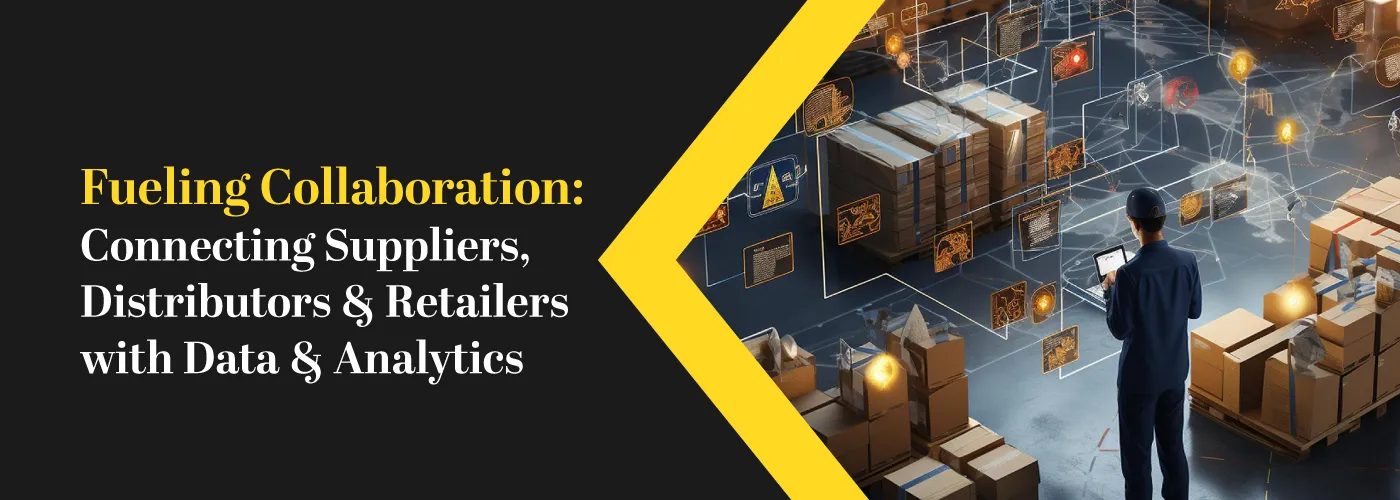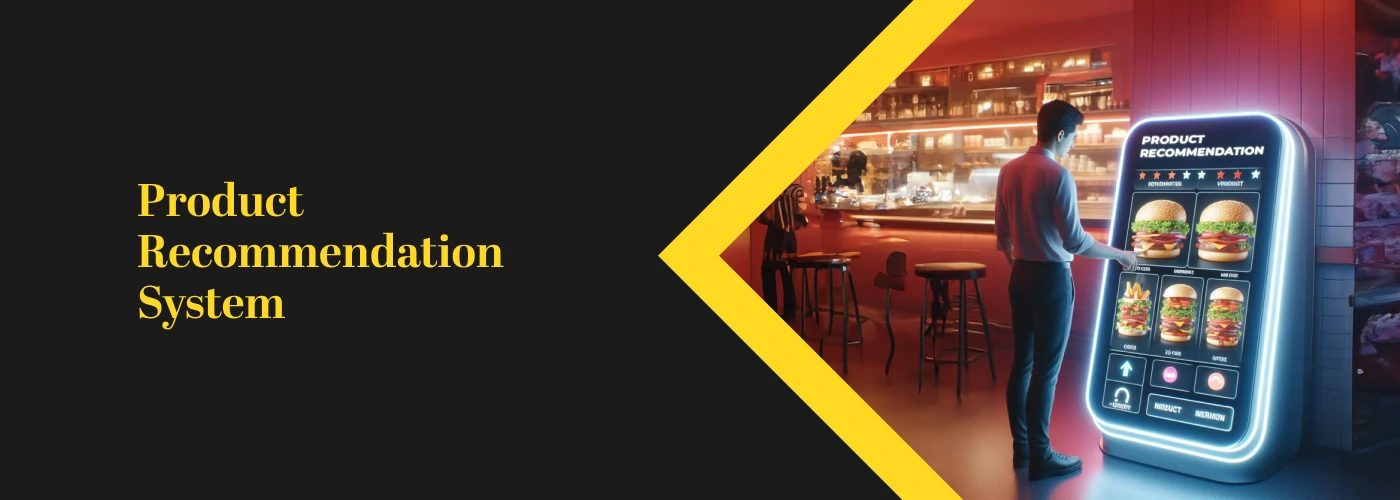More than 500 years ago, as Leonardo da Vinci experimented with his flying machines, he inked drawings and mocked up physical models before getting down to create his marvels of design. His techniques set the threshold for modern engineering. Going ahead in time, the emergence of computer-aided drafting (CAD) systems in the 20th century automated the drawing process for engineers, and CAD evolved into computer-aided design by adding 3-D modeling and manufacturing planning to software capabilities. Moving ahead, now we have digital twins: dynamic and realistic computer-based instantiations of actual systems and devices.
Digital twins serve as the most accurate replicas of physical objects allowing scientists and engineers to test out the capability and feasibility of their ideas before coming up with critical real-life decisions. The digital twins have moved from trial-and-error-based engineering to systematic, science-based engineering and optimization.
It is made possible by high-performance computing (HPC) advances, now we can utilize digital twins to virtually explore trade spaces, component interaction and performance, operations and manufacturing processes over a system's life cycle or a device in support of performance-based maintenance.
So, What Is Digital Engineering?
Digital engineering is more than the advanced technology that integrates the data by taking the advantage of a digital skillset. It is the practice in which new applications are delivered and conceived.
Encompassing the utility, methodologies, and process of creating new end-to-end digital products, digital engineering leverages technology and data to produce improvements to applications—or even entirely new solutions.
Shifting Engineering Landscape
In the hyper-competitive modern technological world, connectivity and social networking are the norms. Consumers seek value for their investment; thus, they are active participants in the product design process to make sure that the product meets the market demand. Digitizing manufacturing gives automated customization, analytical simulations, and flexible models to deliver personalized manufacturing to consumers.
Fortunately, industries today have new technologies like - big data, cloud computing, mobile, and IoT that help weave in the digital thread to form a directional flow of information. These technologies connect various enterprise sectors for ease of operations, collaboration, quality management, and product traceability. This is particularly crucial in the aerospace industry where components are complex, demand for high quality with zero tolerances must be met, and expense reduction is crucial.
From an engineering perspective, modeling has extremely improved and continues to evolve. The initial 2D modeling techniques have advanced to 3D modeling techniques meshed with analytical simulations to determine the models' workability under numerous conditions. Gradually, 3D models are now printable in what is called 3D printing through pairing computer-aided manufacturing (CAM) and skilled coding.
The result of 3D printing is additive manufacturing techniques that are applicable for both actual production and prototyping. Additive manufacturing processes best align with model-based engineering (MBE) practices and digital 3D models.
For instance, Boeing's 787 Dreamliner whose titanium parts were 3D printed. Additive manufacturing facilitates creating new products and is influential in the design process as complex components can be easily machined, and the number of assembly parts is reduced.
Look At Some Business Benefits Of Digital Engineering
It is clear enough that digital engineering has significantly affected the performance in completing the tasks. A wide array of benefits is offered in cost, safety, quality, and program designs. Following, the role of digital engineering is believed to be able to maximize the penetration to the marketplace so that the products are more acceptable.
This cannot be separated from the increasing reputation as the industry with digital engineering gains its popularity. In line with it, there are numerous benefits as engineers consider the use of digital engineering and here, they are.
1. The use of advanced technology in conducting the projects helps to enhance the confidence toward the project outcomes, enrich the knowledge, reduce the costs and minimize the risk to take.
2. The collaborative environment that involves people from different backgrounds is thought to be the best solution to develop and validate all the ongoing projects. Here, the digitalized systems become the core as the projects are carried out.
3. With the use of digital engineering, it helps the engineers to plan the design with maximum efficiency so that it can maximize the value of the assets.
4. It is undeniable that digital engineering also plays its role to both identify and mitigate the health, risks, and safety of all the construction personnel and the assets.
5. Advanced technology is also significantly important to do rapid tests on determining the solutions virtually and some identifications and validations. This becomes the best solution for the clients as well.
Now Let's Look At Some Technology Advancements
Electric Vehicles
Electric vehicles continue to challenge traditional automotive practices by subsidizing economic and environmental factors. Environmental agencies and industries are pushing for green energy, & digital engineering will be the most viable solution to environmental protection measures and energy.
According to the forecast that by 2030, there will be over 125 million electric cars in the world. This prediction is based on the 54% growth of about 3.1 million electric cars in 2017. With this advancement, digital engineering will continue to play an instrumental role in the automotive industry.
Spacecrafts
SpaceX, a private organization by Elon Musk, has had a breakthrough into outer space to land contracts from governmental agencies venturing into space and NASA. Designing a rocket takes a team of skilled engineers, avionics and structures. The Falcon rocket designed at SpaceX amalgamates product data management (PDM) software and finite element analysis (FEA) coordinated by Siemens' Teamcenter software solution. The complete SpaceX systems have NX software that gives virtual mockups of the Falcon rocket to offer interfaces to designers and engineering components. SpaceX has entirely digitized its operations at its factory through the design stage, manufacturing, and processing. Eventually, digital engineering has propelled SpaceX as the only private company venturing into space.
Virtual Training
Boeing's group of airplane manufacturers has embraced digital engineering. The organization uses an advanced digital toolkit collaborating AR, advanced analytics, cloud computing and IoT to resolve complex issues in the aerospace industry. Augmented reality assists train workers virtually on the production process, therefore reducing real-time training on production floors. Presently, Boeing has a research project on AR with the Digital Manufacturing and Design Innovation Institute (DMDII), a non-profit federal company committed to developing advanced manufacturing technologies and improving American manufacturing competitiveness. By tapping capability sharing, the two organizations utilize 3D cameras with advanced image processing and computer vision algorithms to create a simple, intuitive approach to augmented reality. Therefore, an expert can record instructions while performing a complex operation using innate digital work instructions and unveil it to others for training objectives, thereby increasing training resource availability and reducing expenditures.
Conclusion
Digital Engineering can be viewed as a more collaborative and informed way of working. It is facilitated by digital processes and technological advancements to enable more productive planning methods, operations, designing, & maintaining assets. Through integration and data capture, it seeks to add value to a project at delivery and beyond. Ultimately, the processes entailed in digital engineering are constantly transforming, and the development of disruptive technologies will always persist.



